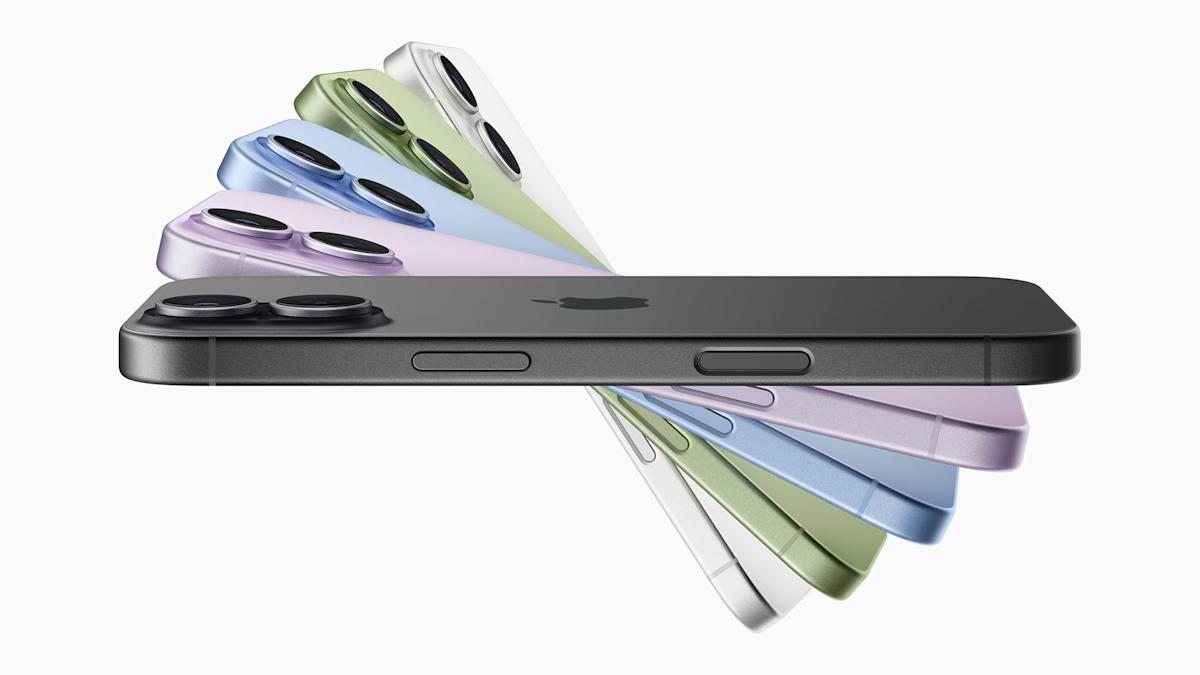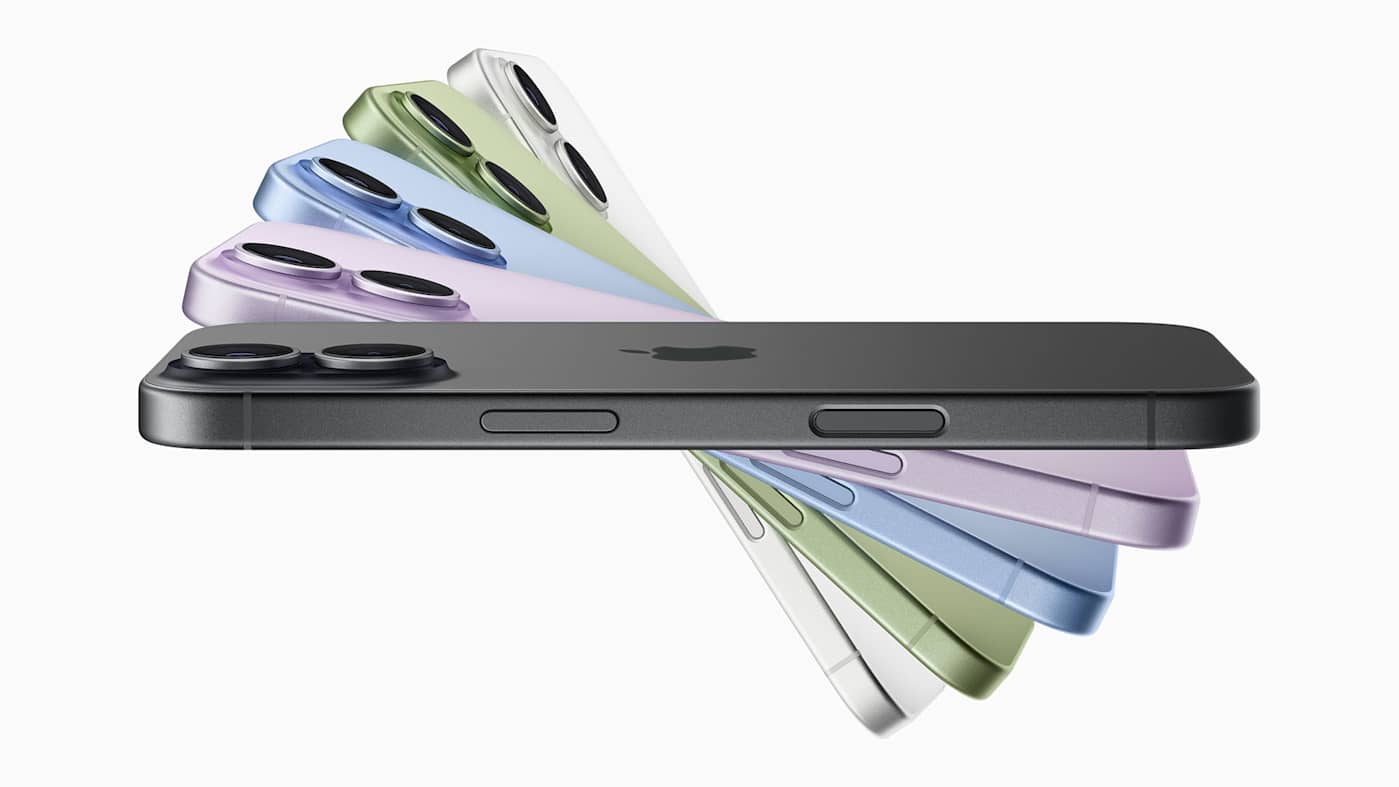Key Points
- All new iPhone models – iPhone 17, iPhone 17 Pro, and iPhone Air – start at 256GB of storage.
- The base storage doubles from the 128GB standard that began with the iPhone 12 Pro and iPhone 13.
- 256GB matches the previous baseline of Pro‑Max variants introduced two years earlier.
- The upgrade aims to reduce everyday users’ complaints about running out of space.
- Higher‑capacity options still cost extra: $200 for 512GB, $400 more for 1TB, up to $1999 for 2TB.
- Users who switched to larger storage reported no longer needing to delete files.
- Increased base storage may improve resale and trade‑in values.
- The change reflects growing media file sizes and app demands.

Base Storage Doubles for All New iPhones
Apple announced that its newest iPhone lineup— the iPhone 17, iPhone 17 Pro, and iPhone Air— will all start with 256GB of internal storage. This marks the first time in four years that every model in the family begins with double the capacity that has been standard since the iPhone 12 Pro and iPhone 13, which launched with a 128GB base.
The shift brings entry‑level devices in line with the 256GB starting point that the Pro‑Max versions adopted two years ago. By making 256GB the default across the board, Apple appears to be responding to user frustration over limited space, especially as the phones’ advanced cameras generate larger files.
Why the Change Matters
Many users report running into “storage almost full” warnings, often after capturing photos in ProRAW Max or recording cinematic video. The anecdotal evidence in the source material highlights a common scenario: friends and family regularly need to delete files simply because the 128GB baseline no longer meets their everyday needs. The new 256GB base aims to give most users a meaningful buffer before they encounter those prompts.
Beyond convenience, the larger storage capacity can improve resale and trade‑in value, as phones with more space tend to retain higher market appeal. For power users who already invest in higher tiers— such as 512GB, 1TB, or even 2TB options— the expanded base may also make the step up feel less drastic.
Cost Considerations
The story notes that upgrading to a 512GB model previously cost an additional $200, while moving to 1TB added another $400. The top‑tier 2TB configuration reached $1999. Although the price increments remain significant, many users feel the extra cost is justified by the reduced need to manage storage manually.
One personal account described a user who, after switching to a 512GB iPhone 14 Pro, never again faced storage‑related hassles while capturing high‑resolution media. The user’s current usage sits at about 295GB, comfortably within the 512GB limit, illustrating how the extra space can accommodate both everyday apps and large media libraries.
Industry Context
Apple’s decision reflects a broader industry trend toward higher base storage as apps, operating systems, and media files grow in size. While the source material does not reference competitor moves, the internal logic aligns with consumer expectations for more generous default storage.
Overall, the move is presented as “about time,” addressing a long‑standing pain point for iPhone owners without forcing them to immediately opt for premium storage tiers.
Source: engadget.com
